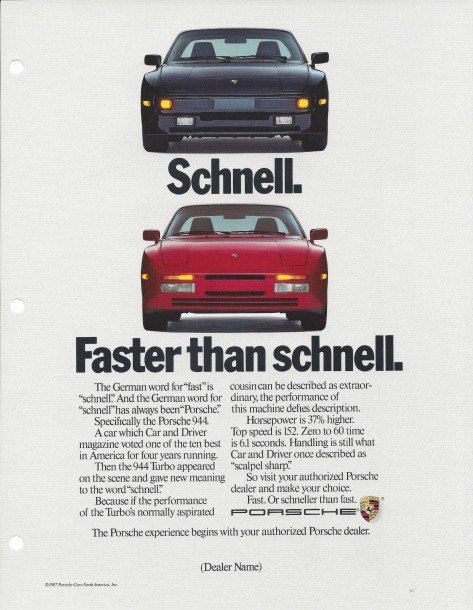#carerra
The End, And The Beginning, Of The Porsche Turbo
So. They finally did it, didn’t they?
Porsche followed the lead of Ferrari (with either the California T or 208GTS, depending on your awareness of history) and Ford (with the Fiesta EcoBoost, of course) by making the entry-level 911 a small-displacement turbo. It had to happen, because in its successful quest to become primarily a manufacturer of unibody “trucks” Porsche became too large to reasonably plead an indulgence, er, exemption from Europe’s state religion of carbon-emissions laws. By the way, the next time you’re reading about the sale of indulgences and all of the other ridiculous behavior practiced by Christian Europe six hundred years ago and you’re feeling very smug about living in era where reason holds sway over craven superstition, take a nice long look at this and tell me how much difference you truly see between now and the era of Leo X.
Will Porsche’s switch to smaller, force-fed engines counterbalance even an hour of one region of China’s use of coal for power? It’s best not to think too much about that. Could Porsche accomplish a similar amount of carbon-production reduction by changing the engines in the Macan and Cayenne, perhaps giving them all ludicrous-pressure four bangers like the one in the AMG CLA 45 and therefore leaving the naturally-aspirated sports cars alone? We really don’t want to think about that. It would be like a husband wondering why his wife comes to bed in curlers but insists on a manicure before his brother stops by for dinner. Could it be that he’s no longer the most important member of the family?
This is not a train that we, the occasional Porsche buyers of America, can stop. And it especially is not a train that you, the person from the Internet who has never bought a Porsche but plans on picking up a Carrera G50 some time in the next ten years if the prices come back down, can stop. All we can do is look back at a few great Porsche Turbos and Monday-morning quarterback Porsche’s new product line.
Let’s do that, shall we?
















Recent Comments